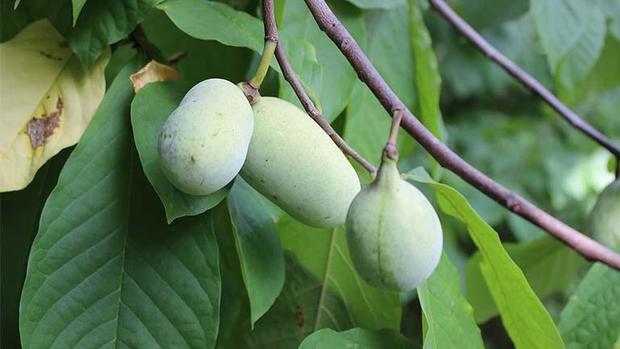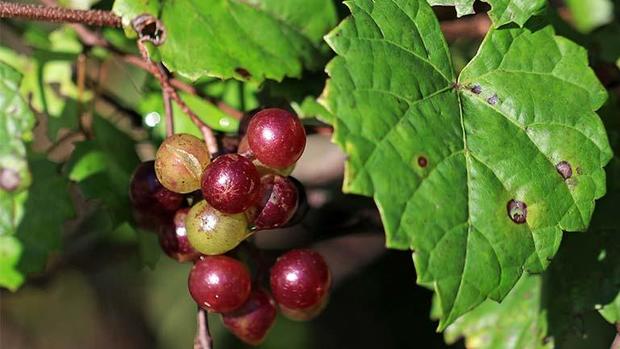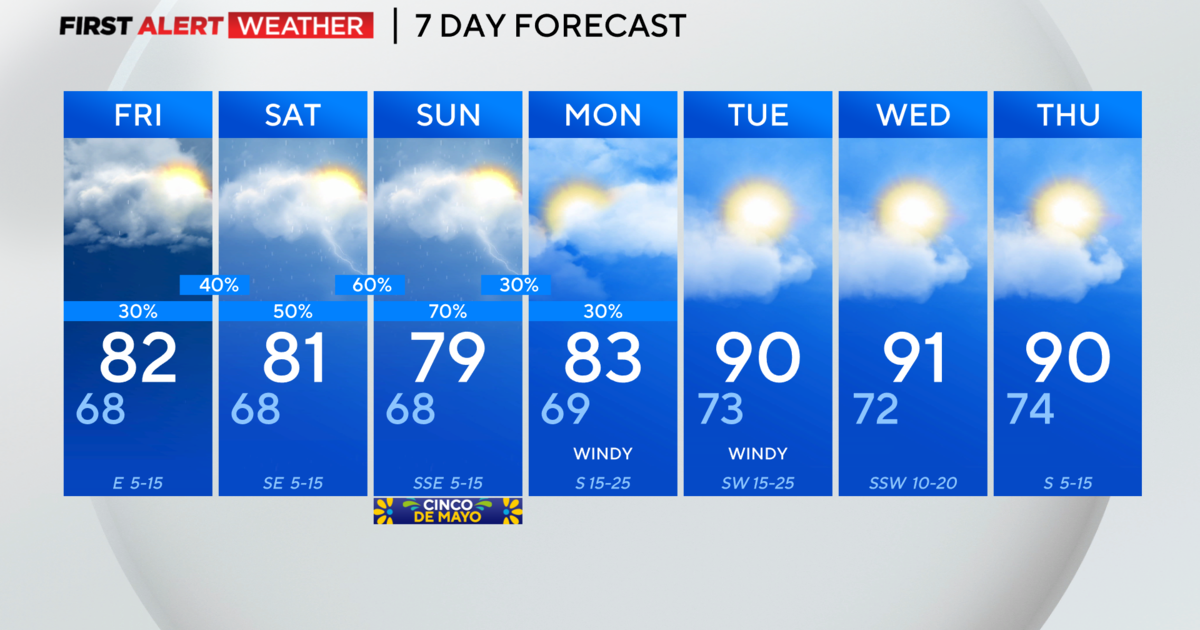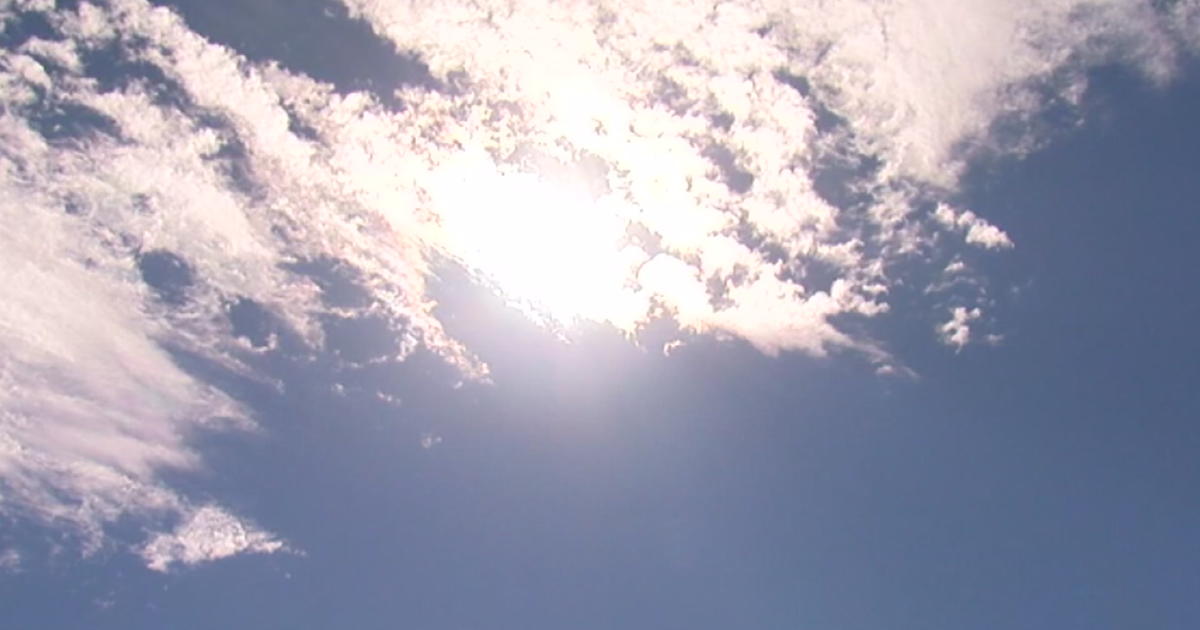Gardening 101: What native fruits grow in North Texas?
(CBSNewsTexas.com) — To grow native is to greatly increase your odds of a having a successful plant.
Native species have already proven for centuries, if not longer, that they can handle weather extremes from freezing cold winter storms to blazing hot droughts. You'll also be providing food for our local pollinators.
But fruit is rare in the wild, especially in a climate like ours. I went and talked to Daniel Cunningham of Rooted-In for his advice. He offered up three good native choices.
His first choice is a fruit that has been getting a lot of attention lately: the paw paw.
The paw paw, which is sometimes spelled a variety of different ways or called the "Indian banana," is the largest fruit native to North America. It grows wild over a large swath of the eastern United States. Trees can get up to 30 feet tall, but that is rare in this area. The fruit looks like a mango but has a unique custard-like flavor.
These plants like partial shade and can handle temperatures down to -20 degrees. They will need soil that is slightly acidic.
But because they are all the rage these days, they are VERY expensive. Expect to pay over $150 for just one. And on top of that, you'll need two. Paw paw trees do not self-pollinate like other fruit trees, like peaches for example. You'll need to find two different cultivars to ensure that the burgundy flower of spring becomes the edible fruit of summer.
And if the high price wasn't enough, they grow very slowly. Paw paw trees take almost five years to bear fruit, so they are definitely a project for the patient gardener.
If you want something that grows a little faster, there are several new varieties of the native muscadine grape that have tempered their overly tart nature. The "Triumph" variety fits this bill nicely and once established, grows like wildfire.
Muscadine doesn't require the ridiculous amount of pruning other grapes do but you'll still have to cut it back every cold season to increase your yield.
You'll likely seen Elderberry growing around here. You can usually find it along creek beds or low, shaded spots. The bright white cluster of flowers are easy enough to spot in spring.
The deep purple berries can be turned into a syrup or jelly that some consider to have medicinal purposes. New varieties increase yield and durability. You'll need to find the wettest post in your yard (low spot in at least partial shade) for them to thrive.
I'm planting a muscadine this spring to give it a try, it'll grow next to my Champanel I'm trying out. I'll keep you posted on how it does.







